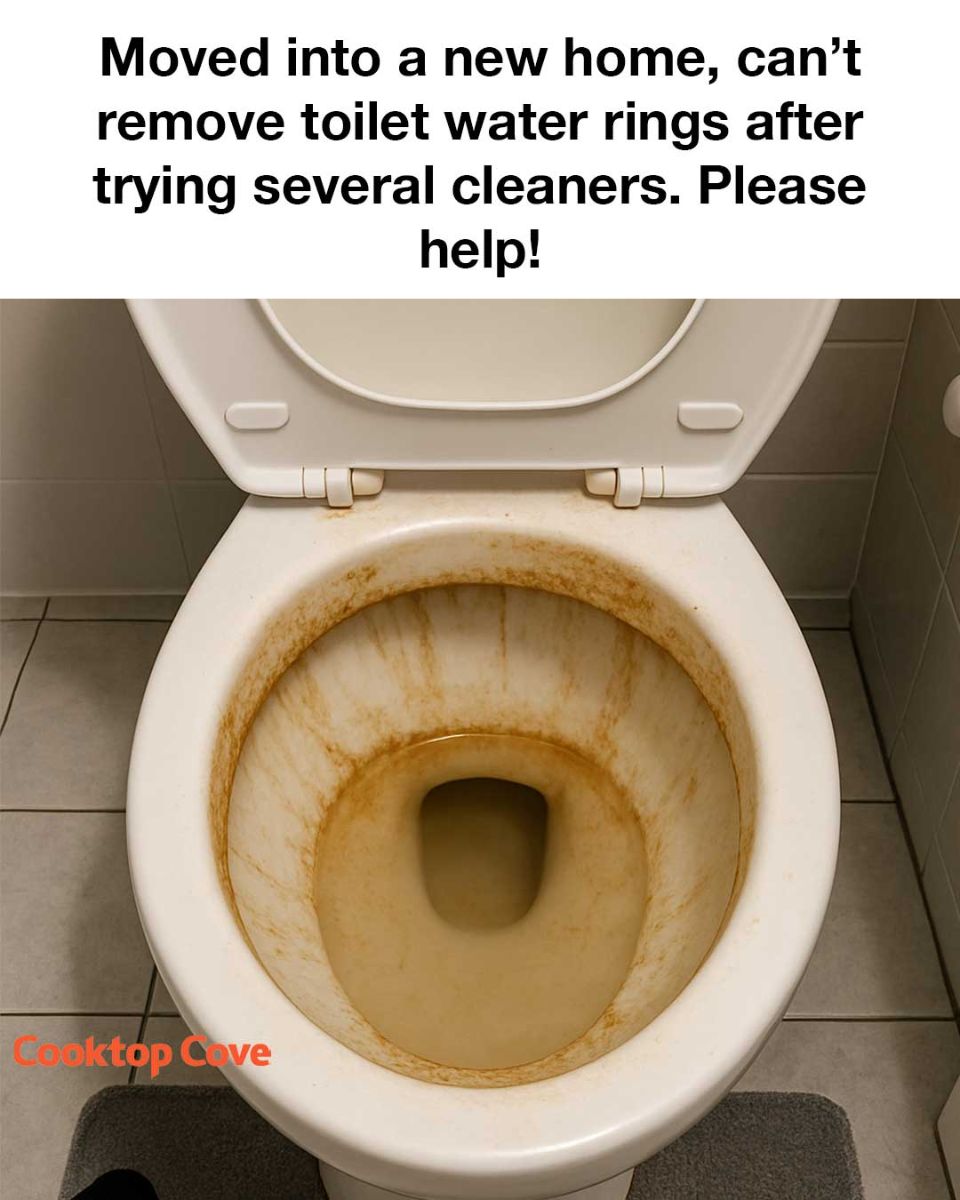Moving into a new home is an exciting milestone, filled with the promise of new beginnings and the opportunity to create a space that reflects your personal style. However, it often comes with its own set of challenges, especially when it comes to cleaning and maintenance. One common issue that many new homeowners face is the stubborn toilet water ring. Despite trying various cleaners, these unsightly stains can seem impossible to remove, leaving you frustrated and seeking solutions.
Toilet water rings are not only an eyesore but can also make your bathroom feel less clean and inviting. The good news is that with the right approach and understanding, you can effectively tackle this problem. In this article, we will explore the causes of toilet water rings, why common cleaners may not be effective, and provide you with a range of solutions to restore your toilet to its pristine condition.
1. Understanding the Cause of Toilet Water Rings
Toilet water rings are typically caused by a combination of hard water deposits and bacteria. Hard water contains high levels of minerals such as calcium and magnesium, which can build up over time and form a ring around the waterline in your toilet bowl. This mineral buildup is often exacerbated by the presence of bacteria, which can feed on the minerals and create a biofilm that further contributes to the stain.
The severity of the water ring can depend on several factors, including the hardness of your water, the frequency of toilet use, and the level of maintenance. In areas with particularly hard water, mineral deposits can accumulate quickly, making it essential to address the issue promptly to prevent permanent staining.
2. The Limitations of Common Cleaners
Many commercial toilet cleaners are designed to tackle general grime and bacteria but may fall short when it comes to removing mineral deposits. These cleaners often contain bleach or other disinfectants that can kill bacteria but do not effectively dissolve the calcium and magnesium deposits that form the ring.
Furthermore, some cleaners may not be safe for all toilet surfaces, potentially causing damage or discoloration if used improperly. It’s important to read labels carefully and understand the limitations of each product before use. In many cases, a combination of cleaning methods may be necessary to achieve the best results.
3. The Power of Vinegar and Baking Soda
Vinegar and baking soda are a powerful duo when it comes to cleaning and can be particularly effective against toilet water rings. Vinegar is acidic, which helps dissolve mineral deposits, while baking soda acts as a gentle abrasive that can scrub away stains.
To use this method, pour about 1 cup of vinegar into the toilet bowl and let it sit for a few minutes. Then, add 1 cup of baking soda and another 1-2 cups of vinegar. Allow the mixture to fizz and sit for about 10-15 minutes. Scrub the toilet bowl with a brush, focusing on the ring, and then flush to rinse away the residue.
4. Exploring the Magic of Pumice Stones
Pumice stones are a natural and effective tool for removing tough stains and mineral deposits from toilet bowls. They are abrasive enough to scrub away the ring without scratching the porcelain surface.
To use a pumice stone, first wet it to prevent scratching. Gently rub the stone against the stained area, applying light pressure. The pumice will gradually wear away the mineral deposits, leaving your toilet bowl clean and smooth. Be sure to rinse the area thoroughly after use to remove any pumice residue.
5. Why You Should Try Borax
Next Page

